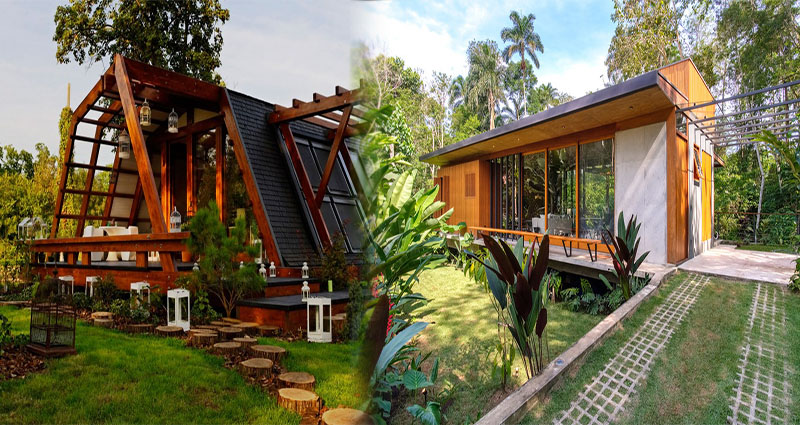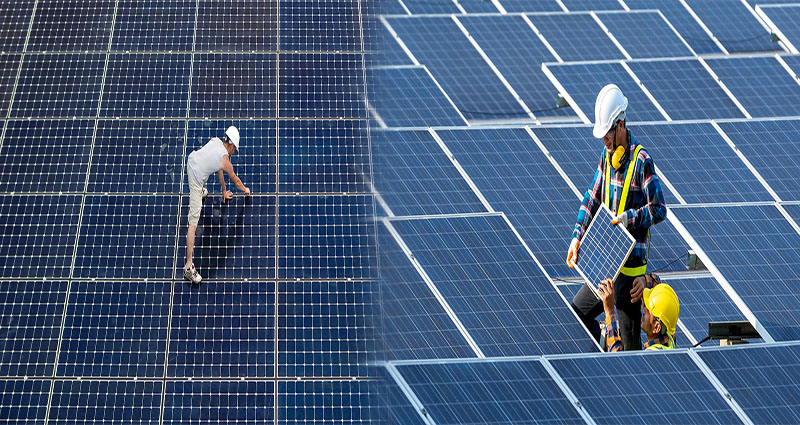Innovative Green Home Designs and Floor Plans
Green homes are becoming increasingly popular as people become more environmentally conscious. Innovative green home designs and floor plans are changing the landscape of the housing industry, providing homeowners with sustainable living options while reducing their carbon footprint. In this article, we will explore some of the most innovative green home designs and floor plans available today.
Tiny Homes
Tiny homes have been gaining popularity in recent years as an affordable and sustainable housing option. These homes are typically around 400 square feet, providing homeowners with a minimalist living experience. Tiny homes use less energy and require fewer resources to build, making them an eco-friendly choice. They often feature solar panels, rainwater harvesting systems, and composting toilets to reduce environmental impact. Despite their small size, tiny homes can be designed with a variety of unique features such as custom storage, retractable furniture, and multi-functional spaces.
Net-Zero Homes
Net-zero homes are … READ MORE ...












